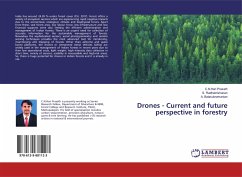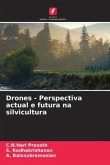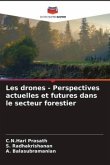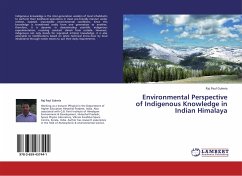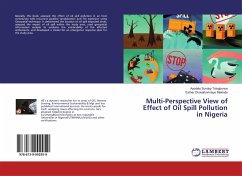India has around 24.39 % under forest cover (FSI, 2017). Forest offers a variety of ecosystem services which are experiencing rapid negative impacts due to the economical, ecological, climatic and biophysical forces. Apart from these, vast forest area, low labour force, less infrastructure and low financial supports were also limiting the efficient administration and management of Indian forests. There is an urgent need for collection of accurate information for the sustainable management of forests. Nowadays the sophisticated sensors, aerial photogrammetry and remote sensing techniques provides the most advanced tool for monitoring, inventorying and mapping of forests. Other than airborne and space borne platforms, the drones or Unmanned Aerial Vehicles (UAVs) are widely used in the management of Indian forests in recent years due to their low operational costs, light weight, high intensity data collection in short time, variety of sensors, usability in inaccessible and high-risk areas. So, there is huge potential for drones in Indian forests and it is already in use.
Bitte wählen Sie Ihr Anliegen aus.
Rechnungen
Retourenschein anfordern
Bestellstatus
Storno

